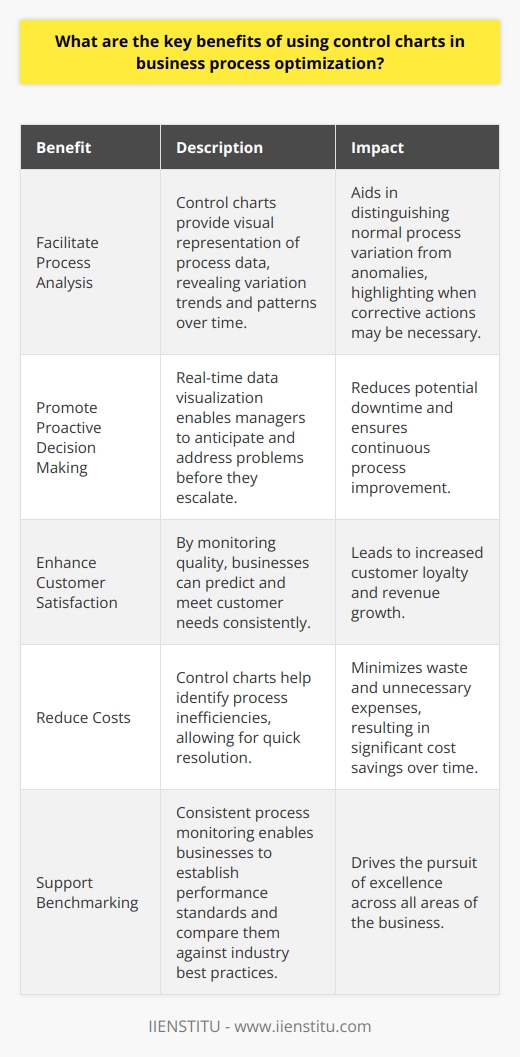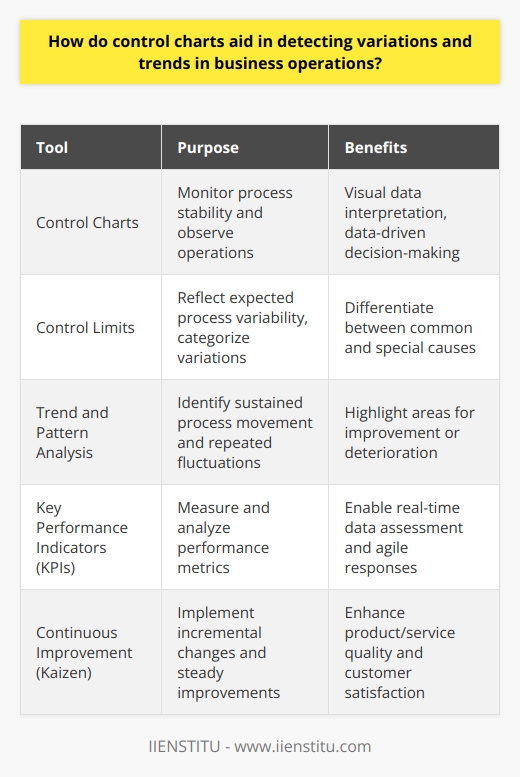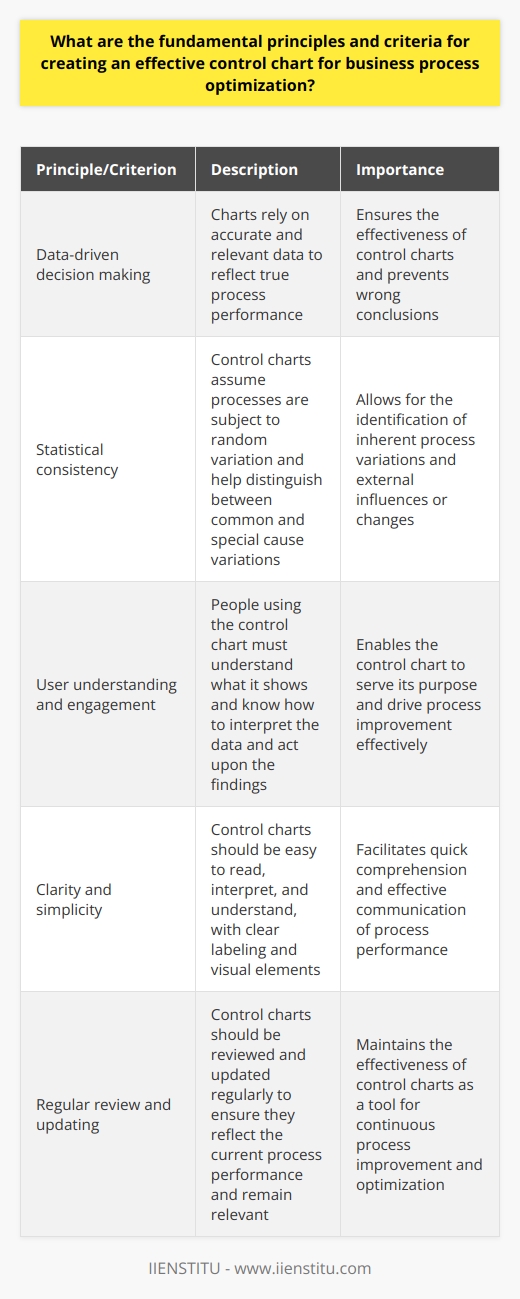In today's increasingly connected world, I've often found myself fascinated—and sometimes overwhelmed—by the complexity of the systems that surround us. Whether it's the intricate workings of a bustling city, the intertwined processes within an organization, or even the dynamics of a simple family unit, the relationships and interactions can be mind-boggling. I remember a time when, working on a project to improve efficiency in our company, I felt like I was wading through a web of interdependent variables with no clear starting point.
At the heart of such complexity lies a web of relationships that govern the functionality and outcomes of systemic interactions. Traditional analysis methods often fall short when it comes to unraveling these complex problems. That's when I discovered tools like the interrelationship digraph, and they truly were a game-changer. They provided a way to visualize and analyze the intricate ties that bind various elements together.
With this exploration, I hope to share not just the technical aspects of digraph analysis but also how it can transform the way we approach problem-solving and decision-making. By delving into the nuances of these tools, we can define problems more effectively and strategize solutions with greater confidence.
Exploring the Basics of Digraphs
Defining Digraphs
So, what exactly is a digraph? Simply put, a digraph, or directed graph, is a mathematical structure used to represent relationships where the direction of interaction matters. Unlike simple graphs where relationships are mutual and bidirectional, digraphs illustrate one-way interactions, which is crucial in many real-world scenarios.
For instance, think about the relationship between a manager and their direct reports. The manager assigns tasks and provides feedback, while the employees may report progress or issues upwards. However, the flow of authority is primarily from the manager to the employee. This directional relationship is perfectly captured by a digraph.
By using digraphs, we can map out these relationships, highlighting how one element influences another. This is incredibly useful in complex problem-solving, where understanding the flow of influence or causality can lead to more effective solutions.
Understanding Interrelationship Digraphs
Digging a little deeper, interrelationship digraphs specialize in highlighting both direct and indirect connections between variables in a system. They're not just about who influences whom, but also about how strong that influence is, and whether it feeds back into other elements.
For example, in a production process, increasing the speed of one machine might impact the workload on the subsequent machine, potentially causing a bottleneck. An interrelationship digraph can help visualize these connections, allowing managers to anticipate issues before they arise.
This tool becomes invaluable when we need to analyze problems where multiple factors are interacting in complex ways. By mapping relationships, we can identify which elements are the most influential—those that, if changed, would have the greatest impact on the system as a whole.
Unveiling the Interrelationship Digraph
The Process of Creating an Interrelationship Digraph
Creating an interrelationship digraph might seem daunting at first, but it's a straightforward process once you get the hang of it. Let me walk you through it using an example from my own experience.
When I was tasked with improving customer satisfaction in our service department, I began by defining the problem: customers were reporting delays in response times. To tackle this, I gathered a team to identify all factors contributing to the issue.
Here’s how we approached it:
1- List all the factors: We brainstormed and came up with elements like staffing levels, training quality, workload distribution, communication tools, and customer query complexity.
2- Determine relationships: We examined how each factor influenced the others. For instance, insufficient training might lead to longer handling times, which increases workload, leading to delays.
3- Draw the digraph: We represented each factor as a node and drew arrows to show the direction of influence. An arrow from 'training quality' to 'handling time' indicated that training quality affects handling time.
4- Analyze the connections: By counting the number of outgoing and incoming arrows for each node, we could see which factors were the biggest influencers and which were most affected.
This process allowed us to pinpoint that improving training quality would have a significant positive ripple effect throughout the system.
Interpreting the Interrelationship Digraph
Once the digraph is complete, the real insights come from interpreting it. Here's what to look for:
Key Drivers: Nodes with many outgoing arrows are key drivers. They influence many other factors.
Key Outcomes: Nodes with many incoming arrows are highly influenced by others.
Feedback Loops: Circular connections indicate feedback loops, which can amplify effects.
In our example, 'training quality' emerged as a key driver, while 'customer satisfaction' was a key outcome. Understanding this allowed us to focus our efforts on areas that would yield the greatest improvement, rather than spreading resources thinly across all areas.
Digraph Analysis in Practice
Practical Applications of Digraph Analysis
Digraph analysis isn't limited to business problems; its applications are vast:
Quality Improvement: In manufacturing, understanding how to use control charts for quality improvement can be enhanced by using digraphs to understand process interdependencies.
Public Health: Mapping disease transmission pathways to design effective interventions.
Project Management: Understanding task dependencies to optimize timelines.
Environmental Studies: Analyzing ecosystems where species and environmental factors interact in complex ways.
Education: Planning curricula where one concept builds upon another.
For example, environmental scientists use digraphs to study the impact of pollutants on various species, helping to inform conservation efforts.
Tools and Techniques for Effective Digraph Analysis
While it's possible to draw digraphs by hand, leveraging software tools can make the process more efficient, especially for larger systems. Some options include:
Microsoft Visio: Offers templates for flowcharts and diagrams.
Gephi: An open-source platform for network visualization and analysis.
R and Python Libraries: For those comfortable with coding, packages like igraph can handle complex networks.
Using these tools, you can:
Create dynamic models that update as data changes.
Visualize weighted relationships by adjusting arrow thickness.
Identify clusters and patterns that aren't immediately apparent.
Moreover, combining digraph analysis with problem-solving strategies like the Problem-Solving Approach or Decision Making & Problem Solving frameworks can lead to more robust solutions.
Advanced Concepts in Digraphs
Feedback Loops and Network Dynamics
Understanding feedback loops is crucial in systems where actions can have long-term consequences. In economics, for example, a change in interest rates can affect consumer spending, which in turn influences economic growth, feeding back into future interest rate decisions.
Identifying these loops can help predict system behavior and avoid unintended outcomes. By analyzing these dynamics, policymakers and business leaders can make more informed decisions.
Trends and Innovations in Digraph Analysis
As technology advances, so does our ability to analyze complex systems. Artificial intelligence and machine learning are now being applied to digraph analysis to handle massive datasets.
These innovations allow for:
Real-time analysis: Monitoring systems as they evolve.
Predictive modeling: Forecasting outcomes based on current trends.
Enhanced visualization: Using 3D models and interactive dashboards.
Staying updated with these trends is essential for anyone looking to harness the full power of digraph analysis in today's data-driven world.
Conclusion
There's something incredibly satisfying about untangling a complex network of relationships and emerging with clarity. Through interrelationship digraphs, we can analyze problems more effectively, identify key influencers, and implement strategies that lead to meaningful improvements.
Whether you're dealing with a complex problem at work, trying to understand global issues, or simply curious about the interconnectedness of systems, digraph analysis offers invaluable insights.
I've found that incorporating these tools into my work has not only improved outcomes but also boosted my confidence in tackling challenging projects. I encourage you to explore this approach and see how it can enhance your understanding and decision-making processes.
Let's continue this journey together, sharing experiences and learning from one another as we navigate the intricate webs that make up our world.
References
Bertalanffy, L. von. (1968). General System Theory: Foundations, Development, Applications. George Braziller.
Sterman, J.D. (2000). Business Dynamics: Systems Thinking and Modeling for a Complex World. McGraw-Hill Education.
Checkland, P. (1999). Systems Thinking, Systems Practice. John Wiley & Sons.








